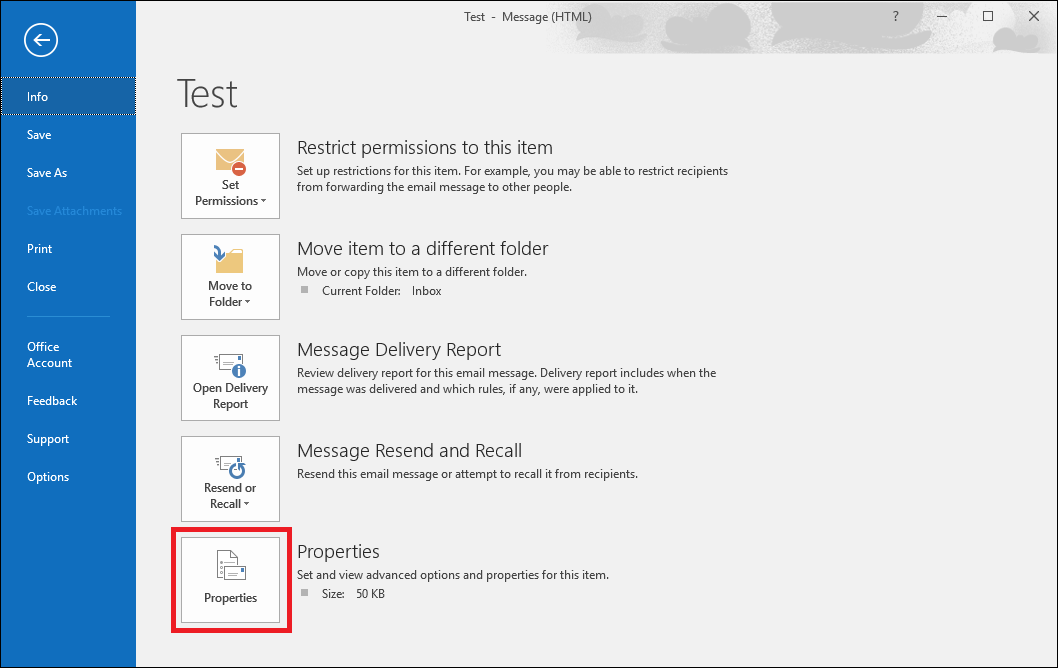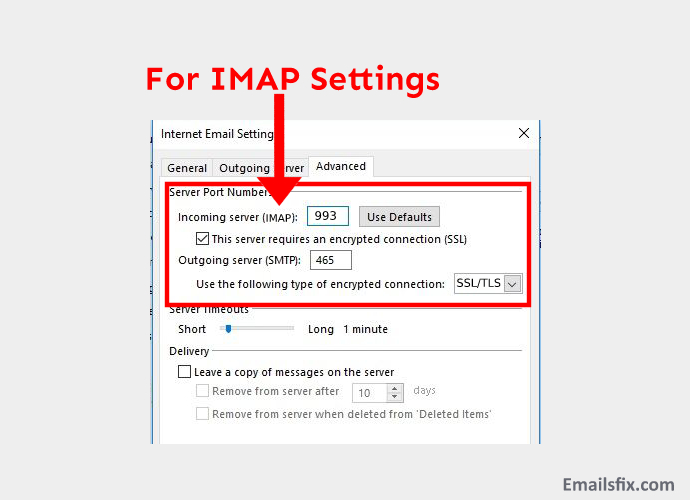

In the above example the email is successfully received by the external recipient. com - Credential $ credential - From - To - Subject 'Test email' - Port 587 - UseSsl PS C : \ > Send - MailMessage - SmtpServer mail. The receive connector is named “SERVERNAMEDefault Frontend SERVERNAME”, for example, “EXSERVERDefault Frontend EXSERVER” in my test environment. This allows inbound internet email to be received by the server, and is also suitable for internal relay scenarios. When Exchange Server 2016 is first installed the setup routine automatically creates a receive connector that is pre-configured to be used for receiving email messages from anonymous senders to internal recipients. Internal SMTP Relay with Exchange Server 2016 Let’s take a look at each of those scenarios, and then some additional considerations when you are deploying this in your own production environments.

Internal relay – devices and applications that need to send email messages only to internal recipients in the Exchange organization.There are generally two types of SMTP relay scenarios that Exchange Server 2016 is used for: For anonymous relay, configure a new receive connector that is restricted to specific remote IP addressesĭetermining Internal vs External Relay Scenarios.

For authenticated relay, configure the TLS certificate for the client front end connector.Determine whether devices and applications will authenticate or connect anonymously.Determine whether your scenario is internal relay or external relay.The steps for how to configure Exchange Server 2016 SMTP relay are: An Exchange 2016 server can provide that service for you, however the configuration required on the server depends on the SMTP relay requirements of your scenario. In most organizations there are several devices or applications that need to use an SMTP service to send email messages.


 0 kommentar(er)
0 kommentar(er)
